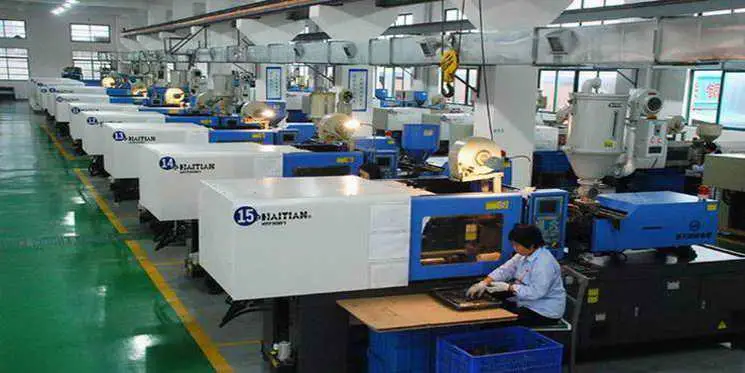What is PP (Polypropylene), and what are its characteristics and uses?
PP is a high molecular weight polymer of propylene, which was introduced relatively late and industrialized by plastic manufacturers in 1957. Due to abundant raw materials, propylene is found in large quantities in the waste gas of high-temperature petroleum cracking. Collecting and utilizing it is a significant measure of turning waste into treasure. The production of PP can be achieved through low-pressure coordination polymerization, with methods including suspension polymerization, liquid-phase bulk polymerization, gas-phase bulk polymerization, solution polymerization, among which suspension polymerization is predominant.
(1) Common characteristics of PP
Compared to other general thermoplastic plastics, PP has the lowest density of 0.90-0.91g/cm. Its mechanical properties such as tensile strength, compressive strength, surface hardness, and modulus of elasticity are excellent, with outstanding resistance to stress cracking and abrasion. PP exhibits good heat resistance, maintaining its shape even when heated to 150°C without external force, can be boiled in water, and can be used stably above 100°C for extended periods. PP is nearly non-absorbent, chemically stable except for fuming sulfuric acid and strong oxidants, has excellent high-frequency electrical properties unaffected by humidity, is easily processed, and can be molded into various products using methods like injection molding, extrusion, and hollow molding.
PP is non-toxic and tasteless, and notably, it has excellent flexibility, being able to be repeatedly folded without damage, a characteristic difficult to achieve with other plastics. However, PP has poor cold resistance, limited weather resistance, inadequate high-temperature rigidity, and is prone to combustion when exposed to fire. To extend its lifespan and broaden its applications, PP plastics can be modified to overcome weaknesses and enhance strengths.
(2) Main uses of PP
PP has a wide range of applications, including making heat-resistant components around car engines, medical equipment, and tableware requiring boiling sterilization and high-pressure sterilization. It can also be used to manufacture car pedal shafts requiring fatigue resistance, covers for documents, lids, various containers, chemical pipelines, storage tanks, filter press frames, strong products like fibers, monofilaments, tapes, ropes, flat yarns, and pipes, with flat yarns being used to make woven bags. Additionally, PP can be made into various films for packaging materials and more.

